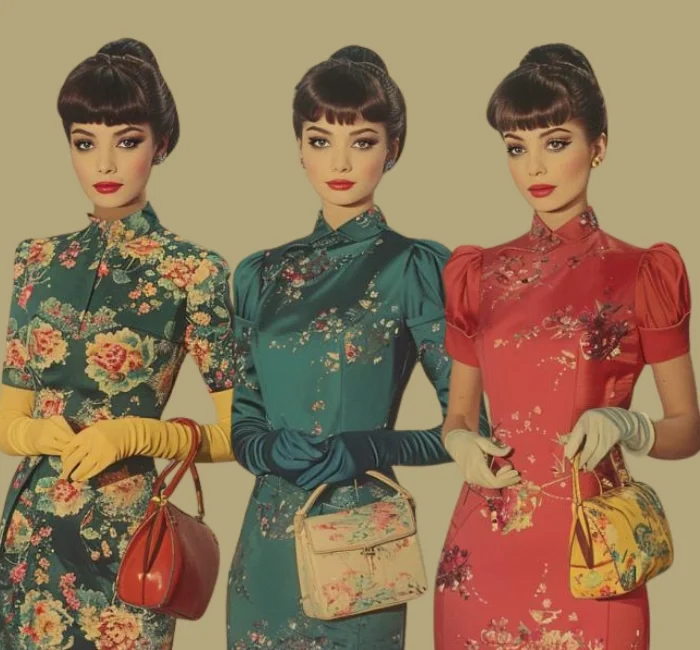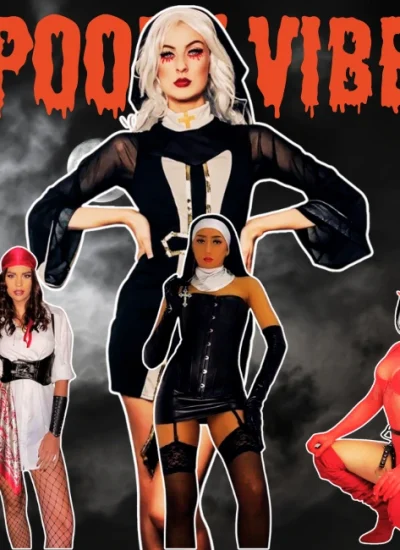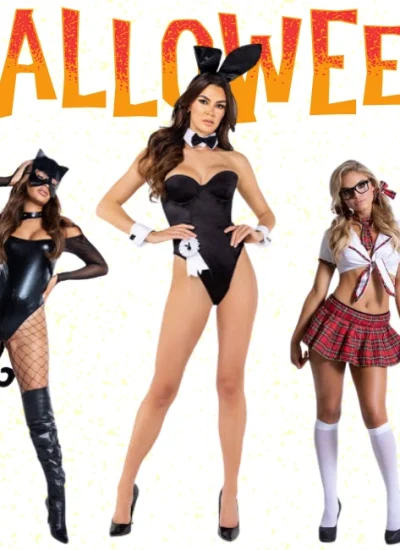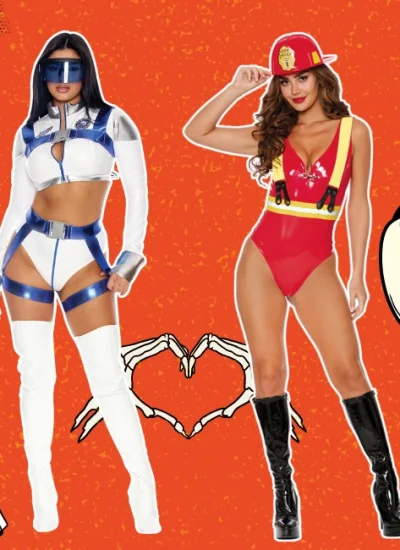Vintage style is more than just a trend. It’s a fashion revolution that blends history with modern flair. In a world where fast fashion dominates, vintage clothing stands out for its sustainability, uniqueness, and undeniable charm.
From the intricate details of a 1950s swing dress to the bold prints of 1970s boho-chic, vintage fashion offers something truly special. A chance to wear pieces with a story.
But why has vintage fashion surged in popularity today?
It’s simple: people crave individuality and authenticity.
style allows fashion lovers to express themselves in ways that mass-produced garments just can’t. Plus, with the growing emphasis on sustainable fashion, opting for vintage is a chic way to reduce your environmental footprint while looking effortlessly stylish.
In this article, we’ll dive deep into the world of vintage fashion. You’ll discover where to find the best vintage pieces, how to seamlessly incorporate them into your modern wardrobe, and why caring for these timeless garments is crucial.
For a broader perspective on how vintage fits into the wider fashion landscape, be sure to explore our Ultimate Guide to Different Fashion Styles: Find Your Look. Get ready to elevate your style with a touch of vintage magic.
What is Vintage Style?
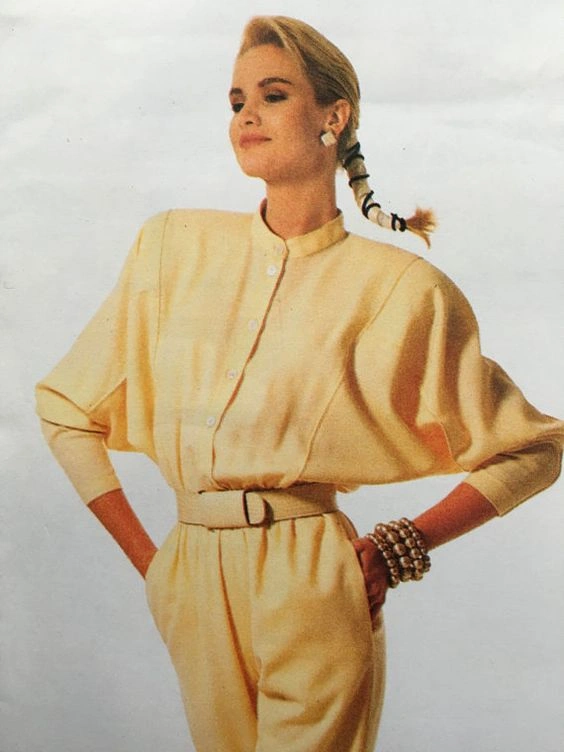
When we talk about vintage clothing, we’re diving into a world where fashion history meets today’s trends.
But what exactly qualifies as vintage?
Generally, a piece is considered vintage if it’s at least 20 years old, but not yet 100 years old (which would make it an antique).
So, whether it’s a chic 1980s power suit or a delicate 1950s tea dress, if it’s got a few decades under its belt, it’s likely considered vintage.
Vintage isn’t just about age, though. It’s also about authenticity, quality, and the story each piece tells. Vintage clothes are often characterized by their unique craftsmanship, distinctive fabrics, and designs that reflect the aesthetics of their time. You won’t find these in fast fashion racks; vintage is the real deal, offering you a chance to own a piece of fashion history.
Key Characteristics of Vintage Clothing
Understanding what makes a piece of clothing vintage means paying attention to its distinct characteristics. Here’s what to look for:
Unique Fabrics and Materials: Vintage clothing often features materials that are no longer widely used in modern fashion. Think of luxurious silks, heavy brocades, or even quirky synthetics like rayon or nylon from the mid-20th century. These fabrics not only feel different but often look and drape differently from today’s textiles.
Quality Craftsmanship: One of the joys of vintage shopping is discovering the unparalleled quality of older garments. Vintage pieces were often handmade or produced in small batches, resulting in superior construction. Look for details like hand-finished seams, intricate embroidery, and lined interiors that you rarely see in contemporary mass-produced clothing.
Distinctive Design Elements: Each era had its own signature styles, from the bold prints of the 1970s to the sharp tailoring of the 1940s. Recognizing these design elements can help you date a piece and understand its place in fashion history. For example, shoulder pads? Likely from the 1980s. Drop waist? You might be looking at something from the 1920s.
Labels and Tags: Vintage labels often differ from their modern counterparts. Many old labels have intricate designs or unique logos. Additionally, checking the label for “Made in” information can sometimes help you date the piece, as production locations and company names have changed over time.
Popular Eras and Their Styles
Let’s take a quick trip through the decades and see how vintage styles have shaped and continue to inspire modern fashion.
1. The 1920s: The Jazz Age

Signature Styles: The Roaring Twenties were all about liberation and exuberance. Think flapper dresses with their straight silhouettes, dropped waists, and lots of fringe and sequins. The cloche hat and T-strap heels were must-have accessories.
Influence Today: The 1920s influence is alive in modern fashion, particularly in eveningwear. You’ll often see designers channeling this era with beaded gowns, Art Deco motifs, and the revival of drop-waist dresses.
2. The 1940s: The War Era

Signature Styles: With World War II in full swing, fashion in the 1940s was defined by practicality and resourcefulness. Utility clothing became the norm, with sharp tailoring, padded shoulders, and knee-length skirts. Women wore suits with nipped-in waists, and accessories like victory rolls became popular.
Influence Today: The 1940s are a go-to for anyone looking to add a touch of vintage elegance to their wardrobe. The era’s structured, feminine shapes are echoed in modern power suits and tailored coats, while red lipstick and pin curls are still beauty staples.
3. The 1950s: Post-War Prosperity

Signature Styles: The post-war boom brought about an era of opulence in fashion. Think full skirts, cinched waists, and soft, feminine details. The hourglass figure was in vogue, popularized by Christian Dior’s “New Look.” Polka dots, florals, and pastel colors dominated the decade.
Influence Today: The 1950s continue to influence today’s retro-inspired looks. High-waisted skirts, fit-and-flare dresses, and classic cat-eye sunglasses all have their roots in this glamorous era.
4. The 1970s: The Age of Boho and Disco
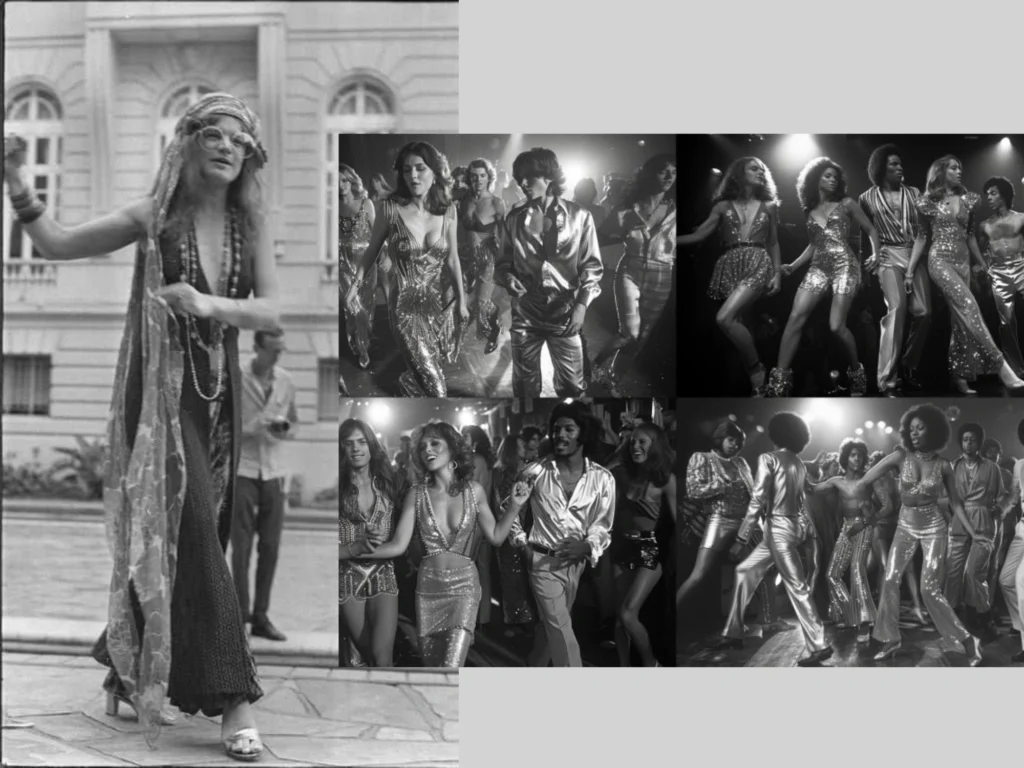
Signature Styles: The 1970s were a time of extremes in fashion, from the earthy, free-spirited bohemian styles to the glitzy, glam disco looks. Bell-bottoms, fringe, and maxi dresses were boho staples, while disco fashion saw metallic fabrics, jumpsuits, and platform shoes.
Influence Today: Modern fashion frequently revisits the 1970s for inspiration. You’ll see boho influences in festival fashion, with flowing dresses and fringe accessories, while disco’s sparkle shows up in today’s party wear and statement pieces.
5. The 1980s: Bold and Brash

Signature Styles: The 1980s were all about making a statement. Power dressing ruled, with oversized blazers, shoulder pads, and bold colors. Neon, graphic prints, and big hair were all part of the mix, as were iconic pieces like the leather jacket and leg warmers.
Influence Today: The 1980s have made a strong comeback in recent years. From the revival of oversized blazers to the re-emergence of bold, graphic prints, the influence of the ’80s is undeniable in current streetwear and high fashion alike.
How These Styles Influence Modern Fashion
The cyclical nature of fashion means that vintage styles are constantly being revisited and reimagined in contemporary collections.
Designers and fashion enthusiasts alike draw inspiration from past decades, whether it’s the timeless elegance of the 1950s or the bold extravagance of the 1980s. Vintage clothing not only offers a sustainable option but also allows you to incorporate unique, statement pieces into your wardrobe that stand out from the mass-produced items of today.
By mixing vintage with modern elements, you can create looks that are both on-trend and deeply personal, reflecting your individual style. Whether you’re pairing a vintage 1970s blouse with modern high-waisted jeans or adding a 1940s-inspired red lip to your everyday look, the influence of vintage fashion is as relevant now as ever.
Where to Buy Vintage Style
Finding the perfect vintage piece is like discovering a hidden gem. Aa blend of fashion history and your personal style. Whether you’re after a classic 1950s swing dress or a 1980s power blazer, knowing where to shop can make all the difference. Let’s dive into the best places to score vintage style, both online and in person, so you can add some serious flair to your wardrobe.
Online Marketplaces
In the digital age, shopping for vintage fashion has never been easier. Online marketplaces offer a treasure trove of vintage pieces from all over the world, giving you access to unique items that you wouldn’t find in your local stores. Here are the top platforms you should bookmark:
Why Etsy? Etsy is a haven for vintage lovers. It’s packed with independent sellers offering everything from 1960s mod dresses to 1980s high-waisted jeans. The platform allows you to browse by era, style, or even specific designers, making it easy to find exactly what you’re looking for.
Pro Tip: Always check seller reviews and ratings before making a purchase. Look for detailed item descriptions and photos from multiple angles to ensure you’re getting an authentic piece in good condition.
Why eBay? eBay is one of the largest online marketplaces in the world, and its vintage section is no exception. You can find everything from affordable vintage finds to rare designer pieces. The auction format also allows you to potentially snag a great deal.
Pro Tip: Use eBay’s advanced search filters to narrow down your options by era, condition, and price range. Set alerts for specific items or brands to be notified when they become available.
3. Depop
Why Depop? Depop has become the go-to app for the fashion-forward, especially among Gen Z. The platform blends the worlds of vintage, streetwear, and indie fashion, offering a curated selection of unique pieces that are often styled in a way that’s fresh and trendy.
Pro Tip: Follow sellers whose style resonates with yours. Depop’s social media-like interface allows you to connect with sellers and even negotiate prices.
Physical Stores
While online shopping is convenient, there’s something undeniably thrilling about walking into a vintage boutique or thrift store and discovering a one-of-a-kind piece in person. Plus, you can try things on, feel the fabric, and inspect the quality up close.
Vintage Boutiques and Thrift Stores
Why Visit? Vintage boutiques are often curated with a particular aesthetic in mind, offering high-quality pieces that are meticulously selected by the owners. Thrift stores, on the other hand, are more of a treasure hunt, where you can find amazing bargains if you’re willing to dig.
New York: Check out Beacon’s Closet and What Goes Around Comes Around for an eclectic mix of styles.
London: Visit Rokit and Beyond Retro for a wide range of vintage fashion, from 1940s day dresses to 1990s grunge.
Paris: Don’t miss Kilo Shop and Free’P’Star for chic Parisian finds.
Pro Tip: When shopping in stores, be sure to inspect items for any signs of wear and tear, like stains or loose seams. Don’t be afraid to ask about the history of a piece—the story behind it can make it even more special.
Specialty Vintage Shops
For those who are serious about their vintage fashion, specialty shops offer a curated experience like no other. These shops focus on specific eras, designers, or even types of clothing, making them a must-visit for collectors and enthusiasts.
1. Era-Specific Shops
Why Visit? If you have a love for a particular decade, such as the roaring 1920s or the swinging 1960s, specialty shops can be a goldmine. These stores often carry rare and high-quality items that have been carefully preserved.
Pro Tip: Specialty shops might be more expensive, but the quality and authenticity are often worth the investment. Always ask for any provenance or certificates of authenticity if you’re buying designer vintage.
2. Designer Vintage Stores
Why Visit? Designer vintage shops are perfect for those looking to invest in timeless luxury pieces. From Chanel jackets to Yves Saint Laurent blouses, these stores carry items that are not only stylish but also have lasting value.
Pro Tip: When purchasing high-end designer vintage, make sure the store offers some form of authenticity guarantee. It’s also wise to familiarize yourself with the specific characteristics of the designer’s work, such as label design, stitching, and fabric choices, to spot any potential fakes.
Estate Sales and Flea Markets
If you love the thrill of the hunt, estate sales and flea markets are where you can find some of the most unique and affordable vintage items. These venues are often packed with hidden treasures, from vintage clothing to accessories and even furniture.
1. Estate Sales
Why Visit? Estate sales are often organized when someone is downsizing or has passed away, meaning you can find vintage items that have been lovingly cared for over the years. These sales can offer everything from clothing to jewelry and home goods, often at very reasonable prices.
Pro Tip: Arrive early to get the best selection, but also consider going on the last day when sellers are more likely to negotiate prices. Bring cash, as many estate sales may not accept credit cards.
2. Flea Markets
Why Visit? Flea markets are vibrant hubs of eclectic finds, and vintage clothing is often a staple among the offerings. You can find everything from 1970s maxi dresses to retro band tees, often at a fraction of the price you’d pay in a boutique.
Pro Tip: Be prepared to haggle, as vendors are usually open to negotiating prices. Bring a measuring tape to ensure clothing will fit, as vintage sizes often differ from modern ones.
How to Incorporate Vintage Styles into Modern Outfits
There’s something undeniably chic about mixing the old with the new, and that’s exactly what you can achieve by incorporating vintage styles into your modern wardrobe.
Whether you’re a seasoned vintage enthusiast or just dipping your toes into the world of retro fashion, blending vintage pieces with contemporary clothing can create a look that’s both timeless and trendy.
Let’s explore how you can master the art of mixing vintage with modern pieces, accessorize like a pro, and even create a head-to-toe vintage-inspired outfit that’s perfect for today’s fashion scene.
Mixing Vintage with Modern Pieces
Mixing vintage with modern pieces is like curating your own fashion history lesson. One that’s uniquely yours. The key to nailing this look is balance. You want to integrate vintage items seamlessly into your everyday wardrobe without looking like you stepped out of a time machine.
1. Start with a Statement Piece
How to Do It: Choose a standout vintage item, like a 1970s patterned blouse or a 1950s circle skirt, and build your outfit around it. Pair that vintage blouse with sleek, high-waisted modern jeans or tuck the circle skirt into a simple, fitted tee. The contrast between the vintage and modern creates a visually striking look that’s both unique and wearable.
2. Balance Proportions
How to Do It: Vintage clothing often has a different silhouette than contemporary fashion, so it’s important to balance proportions. For example, if you’re wearing a voluminous 1980s blazer, keep the rest of your outfit slim and streamlined with skinny jeans or a pencil skirt. This prevents the look from feeling too costume-like and keeps it modern and chic.
3. Play with Textures and Fabrics
How to Do It: Mixing different textures is another way to modernize a vintage look. Pair a soft, vintage silk blouse with contemporary leather pants, or a chunky, retro knit sweater with a sleek satin skirt. The juxtaposition of textures adds depth and interest to your outfit.
Accessorizing with Vintage
Vintage accessories are the perfect way to add a touch of retro flair to any outfit. Whether you’re new to vintage or a seasoned collector, accessories are an easy way to experiment with vintage fashion without committing to a full look.
1. The Power of Vintage Jewelry
How to Do It: A vintage brooch, a strand of pearls, or a pair of art deco earrings can instantly elevate a simple outfit. Pairing vintage jewelry with modern clothing adds a layer of sophistication and individuality. For example, pin a vintage brooch to your favorite blazer or stack some 1960s bangles with your smartwatch.
Where to Find: Look for quality vintage jewelry on platforms like Etsy or in local antique shops. Don’t shy away from estate sales, where you can often find unique, well-preserved pieces.
2. Vintage Bags: The Ultimate Statement
How to Do It: A vintage bag can be the centerpiece of your outfit. Think structured 1950s handbags, beaded evening bags from the 1920s, or quirky 1970s boho bags. These pieces not only add character but are often more durable and well-made than today’s fast fashion counterparts.
Where to Find: Check out vintage boutiques, flea markets, or even your grandmother’s closet for timeless bags that tell a story.
3. Timeless Scarves and Hats
How to Do It: Scarves and hats are versatile vintage accessories that can be worn in countless ways. A silk scarf from the 1940s can be tied around your neck, wrapped around your handbag handle, or used as a headband. A vintage cloche hat or a wide-brimmed fedora can add instant elegance to your look.
Where to Find: Thrift stores and vintage markets are goldmines for finding unique scarves and hats at a fraction of the cost.
Creating a Themed Look
For those who are ready to fully embrace vintage, creating a themed look inspired by a specific era can be incredibly fun and rewarding. The trick is to balance authenticity with practicality, ensuring that your outfit is both wearable and true to its vintage roots.
1. Choose Your Era Wisely
How to Do It: Select an era that resonates with your personal style and body type. Whether it’s the flapper glamour of the 1920s, the rockabilly vibes of the 1950s, or the bohemian freedom of the 1970s, each decade has its own distinct aesthetic. Research the key fashion elements of the era, such as silhouettes, fabrics, and colors, to create an authentic look.
2. Modernize the Look with Subtle Updates
How to Do It: To avoid looking like you’re in a costume, modernize your vintage-inspired outfit with contemporary touches. For example, pair a 1940s tea dress with modern ankle boots and a leather jacket, or style a 1960s mod dress with minimalist jewelry and sleek hair.
3. Balancing Authenticity with Practicality
How to Do It: While it’s tempting to go all out, consider the practicality of your outfit. Opt for vintage-inspired pieces that are comfortable and versatile. You might love the look of a full 1950s petticoat, but a vintage-inspired A-line skirt might be more practical for day-to-day wear.
Maintaining and Caring for Vintage Clothing
Owning vintage clothing is a commitment, but with proper care, these timeless pieces can last for decades to come. Here’s how to keep your vintage wardrobe in top condition.
1. Basic Care Tips
How to Do It: Always read care labels carefully, as many vintage items require gentle washing or dry cleaning. Store delicate fabrics in a cool, dry place, away from direct sunlight to prevent fading. Use padded hangers for heavier garments like coats to maintain their shape.
2. Common Issues and How to Address Them
How to Do It: Vintage clothing can sometimes come with issues like small tears, loose seams, or minor stains. Don’t panic, many of these problems can be fixed with a little TLC. Learn basic mending skills, or take your garments to a professional who specializes in vintage repairs. For stubborn stains, try spot cleaning with a gentle detergent, or seek out a dry cleaner experienced in handling vintage fabrics.
3. Preserving the Integrity of Vintage Fabrics
How to Do It: Vintage fabrics can be fragile, so it’s important to handle them with care. Avoid over-washing, as this can weaken the fibers. When storing, use breathable garment bags rather than plastic to prevent moisture buildup. For particularly delicate items, consider archival storage solutions like acid-free tissue paper.
Conclusion
Incorporating vintage style into your wardrobe is a stylish way to embrace fashion’s rich history while making a unique, sustainable statement. Whether you’re mixing vintage pieces with modern trends or creating a full retro-inspired look, vintage fashion offers endless possibilities for expressing your individuality. Explore, experiment, and enjoy the timeless allure of vintage style.
